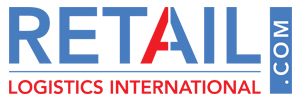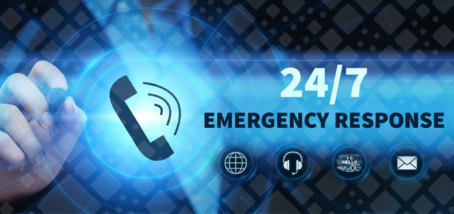-
ROSSLARE EUROPORT TARGETS HEALTH & SAFETY WITH CAMERA TELEMATICS PARTNERSHIP - 2 days ago
-
Landmark Study Reveals Wearable Robotics Significantly Boost Safety and Efficiency in Industrial Environments - July 24, 2024
-
Visku Tackle The Retail Seasonality Challenge One Pallet At A Time - July 22, 2024
-
KAMMAC AND BERGEN LOGISTICS STRENGTHEN FASHION & LIFESTYLE SERVICES IN THE UK - July 19, 2024
-
TENTBOX EXTENDS PARTNERSHIP WITH ARROWXL TO SUPPORT INCREASING DEMAND - July 17, 2024
-
The Perfume Shop improves customer journeys while driving profitability in partnership with Scurri - July 17, 2024
-
ZEROMISSION SECURES £2.3M ($3M) INVESTMENT TO ACCELERATE ELECTRIC FLEETS - July 16, 2024
-
BCMPA CELEBRATES SUCCESS OF 2024 CONFERENCE - July 15, 2024
-
Best of the Best: Jungheinrich Celebrates Triple International Award Win - July 12, 2024
-
GOPLASTICPALLETS.COM CALLS ON NEW CHANCELLOR RACHEL REEVES TO CONSIDER PLASTIC PACKAGING TAX REFORM - July 10, 2024
Guide helps businesses manage chemical compliance across multiple borders and jurisdictions
Includes Chinese Hazardous Chemical regulations and International Lithium Battery Test Summary requirements.
CHEMTREC, the world’s leading emergency hazmat response service provider, has published a comprehensive new guide to Emergency Response compliance, providing best practice advice and guidance for businesses exporting goods around the world.
Created in partnership with international regulatory experts, Denehurst Chemical Safety, the guide focuses primarily on two different sets of international regulations and how to achieve compliance: The Transport of Dangerous Goods Regulations, which aim to prevent and mitigate any incidents during the transport of chemicals from one organisation to another; and the Supply Regulations, aimed at protecting chemical end-users.
The guide provides key information on country specific transport and supply requirements in a number of international countries including China, Korea, Australia, Brazil and Mexico, simplifying often complex regulations and providing the emergency response telephone numbers needed in order to comply. It highlights how, where and why to display emergency numbers, and who must be available to take the call, as well as considering wider regulatory requirements including Chinese Hazardous Chemical regulations and International Lithium Battery Test Summary requirements.
Although many countries have now adopted the Globally Harmonised System (GHS) of Classification and labelling of chemicals as the basis for safety data sheet and labelling regulations, there is still a wide variety of regulations in place all over the world. The new guide will enable CHEMTREC clients to easily manage chemical compliance across multiple borders and jurisdictions.
Christopher Brown, Interim Chief Executive at CHEMTREC, says for all businesses supplying or exporting chemical goods, being aware of international regulations, legislation and ensuring compliance is absolutely critical:
“Failure to comply with international transport and supply regulations can leave companies financially and reputationally exposed. Wherever you are in the world and whatever mode of transport you are using, our comprehensive new guide simplifies complex requirements such as International Maritime Dangerous Goods (IMDG) and International Civil Aviation Organization (ICAO), as well as highlighting the specific regulations that require you to have an emergency response telephone number on shipping documents, labels and vehicle placards in a number of international countries.
“While not mandated, displaying our numbers properly not only supports compliance but will also help avoid any delays to your supply chain.”
The launch of the guide will be further supported with a series of webinars to help businesses understand the regulations and how they impact the supply chain. It will also help customers understand how CHEMTREC can help manage risks to people, the environment, business operations and reputation.
The guide can be downloaded for free here chemtrec.com/erguide.

































